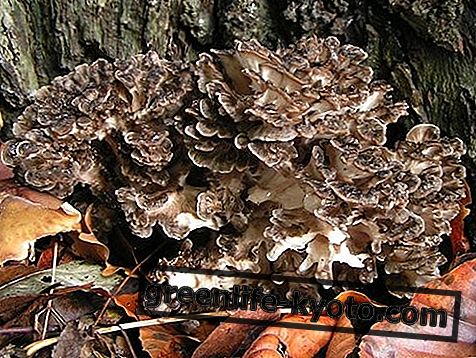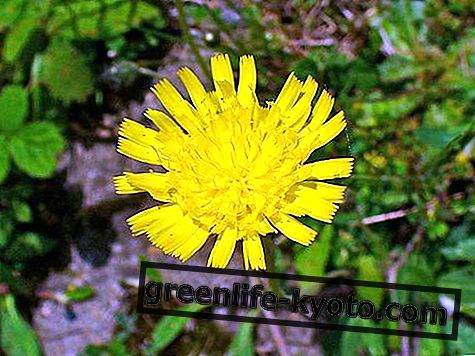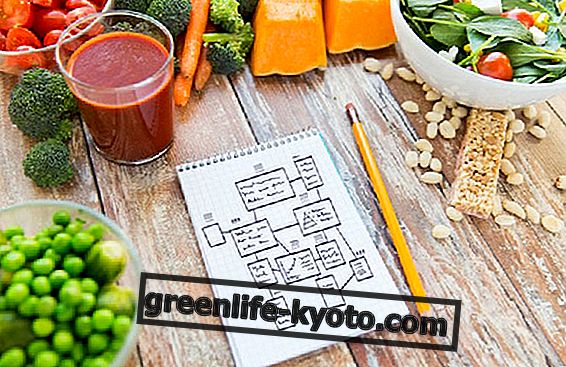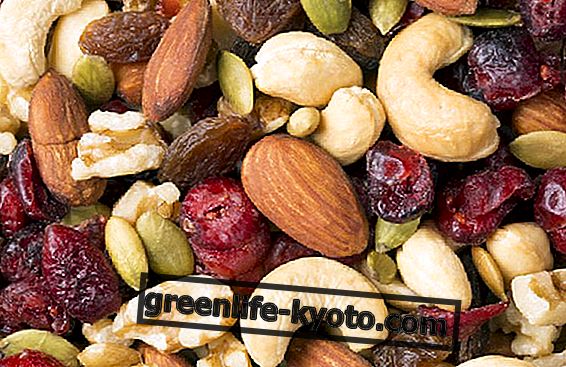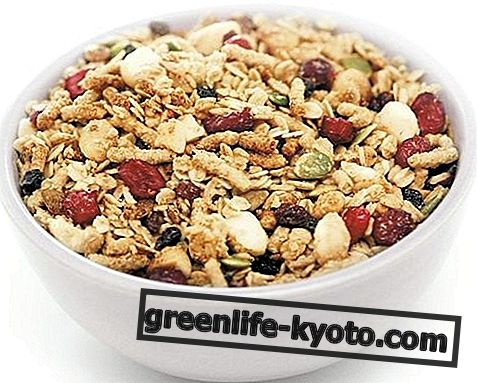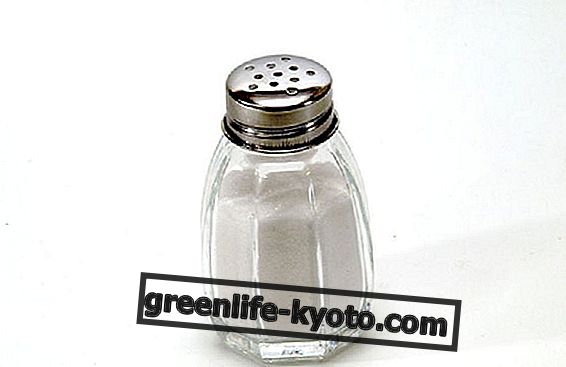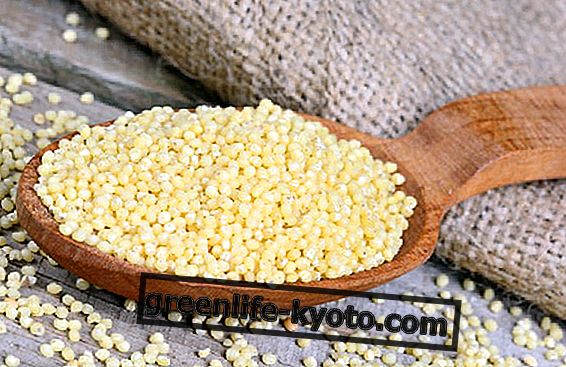
What is millet and what does it contain
Millet ( Panicum miliaceum ) is a minor cereal that belongs to the Poaceae or Graminaceae family.
The energy intake of the millet is equal to about 350 kcal per 100 grams of product, a value similar to that of other cereals. A portion of millet corresponds to about 80 grams.
Millet contains above all complex carbohydrates (around 70%) that supply energy and fiber ; the latter helps promote intestinal regularity. Millet also provides about 10% vegetable protein and 4% fat.
Among the micronutrients present in millet we find different mineral salts, including phosphorus and iron and, to a lesser extent, calcium, potassium and sodium.
Unlike other cereals, millet does not contain gluten, so it can also be consumed by people with celiac disease or a valid alternative to other cereals, even to vary their diet.
Millet is an energizing cereal . Once absorbed, in fact, carbohydrates are mostly used in glycolysis and in the Krebs cycle, metabolic processes that have the aim of supplying energy to our body starting from glucose molecules.
How to cook millet
Before proceeding with cooking, the millet must be washed carefully, rinsing it several times until the water appears clear. To avoid wasting water, you can mix the cereal in a bowl, changing the water periodically.
Why wash millet? Because doing so will eliminate any impurities and prevent it from creating a bitter taste in the subsequent cooking.
After draining the millet, it is recommended to toast the beans in a pan with a little olive oil, stirring for a few minutes.
Subsequently, millet is cooked. Simply dip it in boiling salted water, twice the volume, and let it cook over medium-low heat for about twenty minutes starting from boiling.
How to eat millet
Once boiled, millet can be used in numerous recipes .
Very common, for example, is to accompany it with vegetables prepared separately: it goes particularly well with leeks, pumpkin, aubergines and mushrooms.
To improve the nutritional profile and provide the body with all the amino acids necessary for protein synthesis, a portion of legumes can be added.
Finally, millet can also be used to prepare croquettes, meatballs, casseroles and burgers, or added to soups and sweet dishes .

